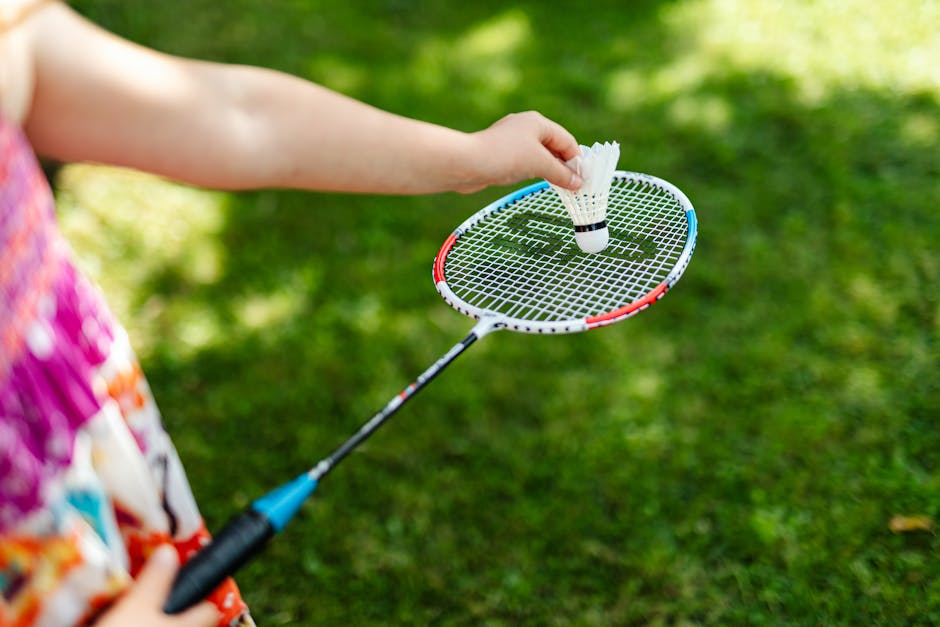Badminton, a sport enjoyed by millions worldwide, demands agility, precision, and the right equipment. At the heart of every player's arsenal lies the badminton racket, a tool that can significantly impact performance. Choosing the right racket can be a daunting task, especially with the wide array of options available. This guide aims to simplify the process, providing you with the knowledge to select the perfect racket to elevate your game.
Before delving into the specifics, it's crucial to understand the basic components of a badminton racket. The head, the strung area, determines the sweet spot and power. The shaft, connecting the head to the handle, influences flexibility and control. The handle, where you grip the racket, comes in various sizes and shapes. Understanding these elements is the first step towards making an informed decision.
One of the most important factors to consider is weight. Rackets are categorized as lightweight, medium weight, and heavyweight. Lightweight rackets offer greater maneuverability, ideal for quick reactions and net play. Medium weight rackets provide a balance between power and control, suitable for all-around players. Heavyweight rackets generate more power, beneficial for aggressive players with strong smashes.
Grip size also plays a crucial role in comfort and control. A grip that's too small can lead to wrist strain, while a grip that's too large can hinder quick movements. Most rackets come in G4 and G5 sizes, with G4 being slightly larger. It's essential to try out different grip sizes to find the one that feels most comfortable in your hand.
The balance point of a racket affects its swing speed and power. Head-heavy rackets provide more power but are slower to swing. Head-light rackets offer greater maneuverability and faster swings, ideal for defensive play. Evenly balanced rackets offer a compromise between power and speed, suitable for versatile players.
String tension significantly impacts the feel and performance of the racket. Higher tension provides more control and precision, while lower tension offers more power and a larger sweet spot. Beginners are generally recommended to start with a lower tension and gradually increase it as their skills improve.
Finally, consider your playing style and skill level. Beginners should opt for lightweight, head-light rackets with lower tension for easier handling and control. Intermediate players can choose medium weight rackets with even balance for a blend of power and control. Advanced players may prefer heavier, head-heavy rackets with higher tension for maximum power and precision.
Choosing the right badminton racket is a personal journey. By considering these factors – weight, grip size, balance point, string tension, and your own playing style – you can find the perfect racket to maximize your potential and enjoy the game to the fullest.
